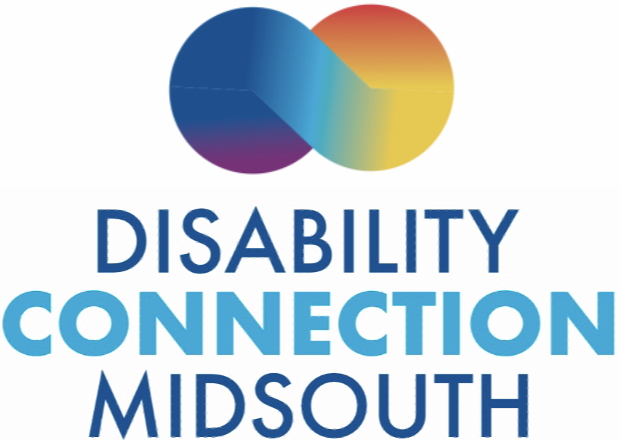More than 5% Accessible Housing Units. Information Bulletin #396 (12/2014)
By Steve Gold
Under Section 504 of the Rehabilitation Act of 1973, recipients of "federal financial assistance" were prohibited from discriminating. It took nearly 15 years for HUD to finally promulgate what nondiscrimination meant in the housing arena. Then in 1988, HUD's federal regulations set a floor - 5% of federally funded housing had to be mobility accessible for people with mobility disabilities (and another 1% for hearing and visual disabilities).
For a number of years, the disability community could not enforce the 5% minimum, even though we believed it was grossly too low and inadequate. Even with the 1990 and 2000 census, we did not have a handle to push higher than 5%.
Now, with the 2010 census we can. The primary federal financial assistance housing programs that the 2010 census impacts are the HOME Investment Partnership, Project Based Housing Vouchers, and Public Housing.
HUD's federal regulation 24 CFR ? 8.22 (c ) states that HUD "may prescribe a high percentage ... upon request ... based upon demonstration ... based on census data...."
Disability Advocates - here's a suggested battle plan. First, you must use the Census's "American Fact Finder" and determine for your county the percentage of persons "with an ambulatory difficulty" whose incomes are under the poverty levels. It is critical to remember that this data does NOT include persons institutionalized in nursing homes. Second, you must contact your local HUD FHEO office and request at the least that prospectively HUD enforce the increased percentages.
To wet your interest, here are some preliminary results: Philadelphia, PA, 13.2%; Washington county, PA.15.3%, Chicago, Ill, 9.4%; Baltimore, 13.8%; Orleans Parish, New Orleans, 10.65%; El Paso, TX 9.8%; Lafayette Parish in Louisiana, 9.46%.
No more excuses! The data is now available. It's up to you, the advocates, to make it happen.
Steve Gold, The Disability Odyssey continues
Back issues of other Information Bulletins posted after 10/2013 can be found only at http://stevegoldada.blogspot.















